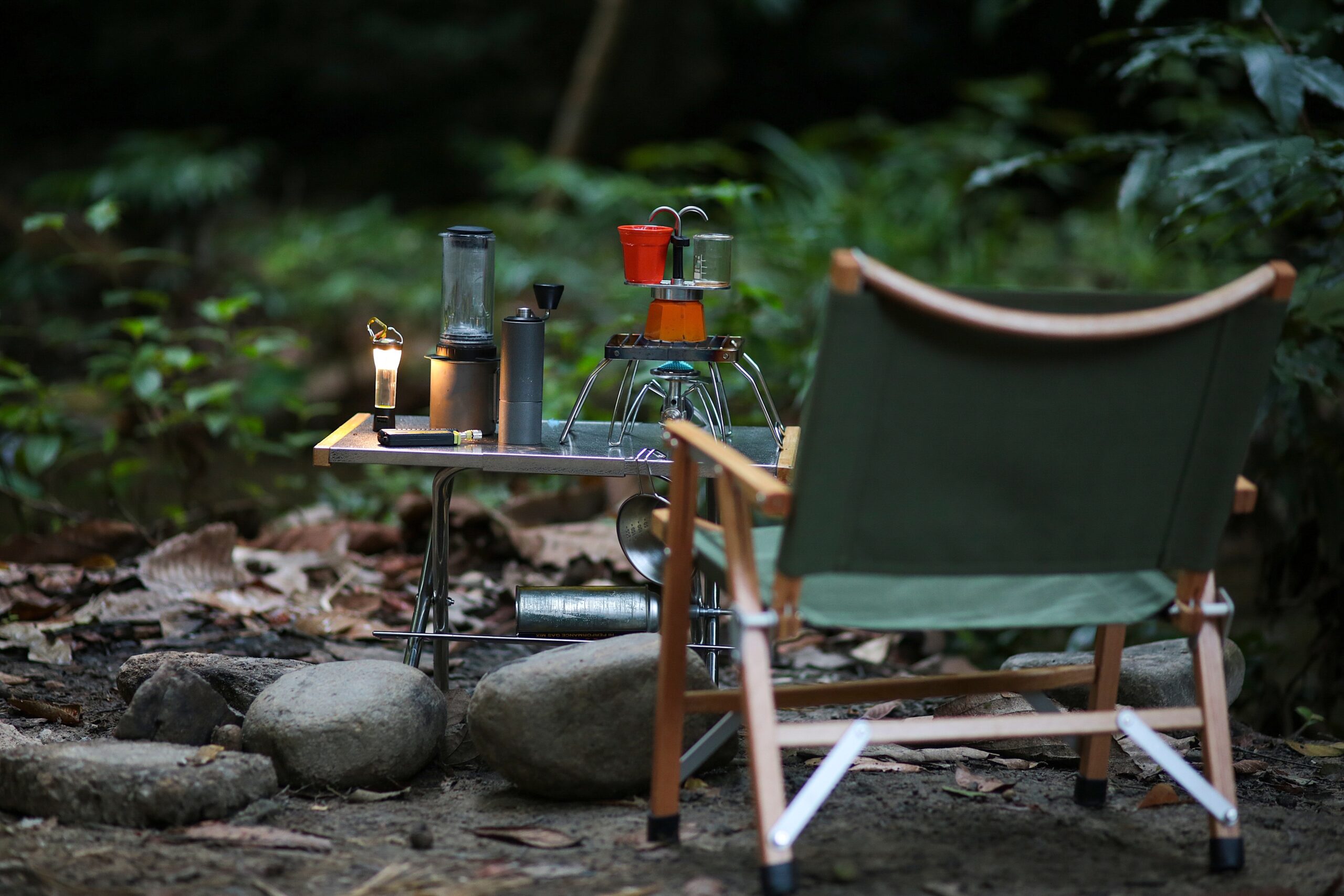Modular Living Room Furniture: A New Era of Customization
Modular living room furniture is revolutionizing how we perceive and utilize our living spaces. Unlike traditional, static pieces, modular furniture offers the flexibility to adapt to a variety of needs and preferences. This adaptability is particularly appealing in 2025, as more homeowners seek to maximize space and functionality in their homes.
One of the key benefits of modular furniture is its ability to be reconfigured. Whether you’re hosting a large gathering or enjoying a quiet evening alone, modular pieces can be rearranged to suit the occasion. For instance, a modular sofa can be transformed from a single large seating area into several smaller, intimate settings. This versatility is not only practical but also allows for creative expression in interior design.
Modular furniture often includes components such as interchangeable seats, backs, and armrests. This means that homeowners can customize their furniture to fit their unique style and comfort preferences. Additionally, many modular pieces are designed with storage in mind, integrating hidden compartments that help keep living areas tidy and organized.
In terms of materials, modular furniture is available in a range of options, from eco-friendly fabrics to durable synthetics. This variety ensures that there is a modular solution for every taste and budget. As we move further into 2025, the demand for sustainable and adaptable home furnishings continues to rise, making modular furniture a wise investment for the future.
Flexible Seating Ideas: Embracing Versatility
Flexible seating is a trend that is gaining momentum, particularly in spaces where adaptability and comfort are paramount. This concept involves incorporating a variety of seating options that can be easily moved and adjusted to accommodate different activities and numbers of people.
One popular flexible seating option is the use of floor cushions and poufs. These items are not only comfortable but also add a layer of casual elegance to a room. They can be stacked and stored when not in use, making them ideal for small spaces. Additionally, they come in various colors and textures, allowing homeowners to inject personality into their decor.
Another innovative idea is the use of convertible furniture, such as ottomans that double as storage units or chairs that can be extended into loungers. These pieces are designed to offer multiple functions, maximizing the utility of each item. For homes with limited space, flexible seating provides a dynamic solution that can evolve with changing needs.
Moreover, incorporating flexible seating can encourage social interaction and creativity. By breaking away from the traditional sofa setup, residents can create a more engaging environment where people feel free to move around and interact. This approach not only enhances the aesthetic appeal of a living space but also makes it more inviting and functional.
Modern Sofa Alternatives: Beyond the Conventional
As we explore alternatives to the traditional sofa, it’s clear that modern designs are pushing the boundaries of comfort and style. These alternatives are not just about aesthetics; they reflect a shift towards more practical and adaptable living solutions.
One such alternative is the sectional sofa, which offers the benefits of a traditional sofa with added flexibility. Sectionals can be customized to fit any space, providing ample seating without overwhelming the room. They are particularly suited for open-plan living areas, where defining separate zones is essential.
Daybeds and futons are also making a comeback as versatile seating options. These pieces serve dual purposes, functioning as both a seating area and a sleeping space. This dual functionality is perfect for homes that need to accommodate overnight guests without sacrificing style or comfort.
For those seeking a more avant-garde approach, hammock chairs and hanging loungers provide a unique seating experience. These alternatives are not only visually striking but also offer a sense of relaxation that traditional furniture cannot match. They are ideal for creating a cozy nook or a statement piece in a modern living room.
In conclusion, modern sofa alternatives are about more than just replacing an outdated piece of furniture. They represent a broader trend towards creating living spaces that are as flexible and dynamic as the people who inhabit them.
The Benefits of Space-Saving Solutions
With urban living spaces becoming increasingly compact, the demand for space-saving solutions has never been higher. These solutions are designed to make the most of every square foot, offering functionality without compromising on style.
One of the most effective space-saving strategies is the use of multi-functional furniture. Items such as sofa beds, extendable tables, and wall-mounted desks provide practical solutions for small spaces. These pieces are designed to perform multiple roles, allowing homeowners to optimize their living areas.
Another approach is the incorporation of vertical storage. By utilizing wall space, homeowners can keep floors clear and create an illusion of more space. Shelving units, wall hooks, and hanging organizers are all excellent options for maximizing storage without cluttering the room.
Additionally, choosing furniture with built-in storage can significantly enhance a room’s organization. Ottomans with hidden compartments and beds with underframe storage offer discreet places to store items, reducing visual clutter and maintaining a streamlined look.
Ultimately, space-saving solutions are about more than just fitting furniture into a small area. They are about creating an environment that feels open and inviting, allowing residents to live comfortably in a limited space.
Conclusion: Embracing a New Living Room Paradigm
The shift towards modular living room furniture, flexible seating, and modern sofa alternatives reflects a broader trend in home design. As we move further into 2025, homeowners are increasingly seeking solutions that offer flexibility, functionality, and style.
By embracing these trends, individuals can create living spaces that are not only aesthetically pleasing but also highly practical. Whether it’s through the use of modular pieces, flexible seating arrangements, or innovative sofa alternatives, the modern living room is becoming a dynamic space that caters to the diverse needs of its inhabitants.
Ultimately, the evolution of living room furniture is about more than just keeping up with trends. It’s about enhancing the quality of life by creating spaces that are as adaptable and multifaceted as the people who live in them.





